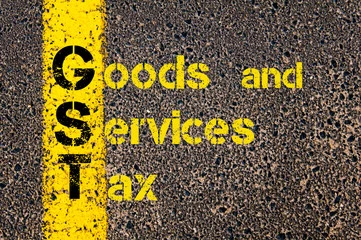So, in the earlier video we examined what is the time on which GST is payable which is supply. Now supply is a very wide concept but for practical purposes the GST Council has recommended a list of supplies on which GST is payable, that list is a tariff schedule.
In the tariff schedule against all the goods there is a rate prescribed which are subject to GST, similarly there is a rate which is prescribed in respect of services depending upon their character.
This rate schedule helps us to find out that what is the rate of tax we need to pay on each supply of good or services.
However, the matter can get slightly complicated. The complexity can arise from the fact that there are multiple ingredients in the supply. These multiple ingredients could either be a mixture of goods alone, namely there are multiple goods in the supply or it can be a mixture of goods and services, namely in one single supply there is certain goods component and also certain services component,
For eg. annual maintenance contracts. These are contracts in which the service provider assumes the responsibility of maintaining a particular good or a particular property, in this there is a service element because you are doing a supervision and you are also doing maintenance. There is also some goods component because it is also possible that certain goods have become non-usable or they have been depreciated in which case they need to be replaced. If it is an obligation of the AMC provider these goods are being considered as a part of the same supply.
Therefore in these kind of cases there is both services and there is both goods. Now what happens in these cases.
In these cases the law provides for a different mechanism, namely they are neither assessed as goods, they are nor assessed as services, they are assessed under GST as either composite supply or mixed supply. Mixed supply is slightly easier to understand, it basically means certain random goods or services being supplied together.
For eg. there is a supply of shampoo and also soap which is going together, both these ingredients can be separately identified. So even if there is one single price for both shampoo and soap, still this will be considered as a mixed supply because these are not homogenous items.
Composite supply is slightly different. Composite supply basically means there are multiple ingredients to the supply but within those ingredients there is one principal supply which is a predominant element.
For eg. there is a contract in which certain goods are being supplied but there is also a minor service portion. In those cases, if the party can establish that predominance of goods, it would be considered that this is a composite supply and it would be taxed accordingly.
So the principal foundation of GST is supply, for which we go to the tariff schedule but depending on complexity we apply either the composite rate or a mixed supply rate or whatever is the residuary rate in the tariff schedule.

